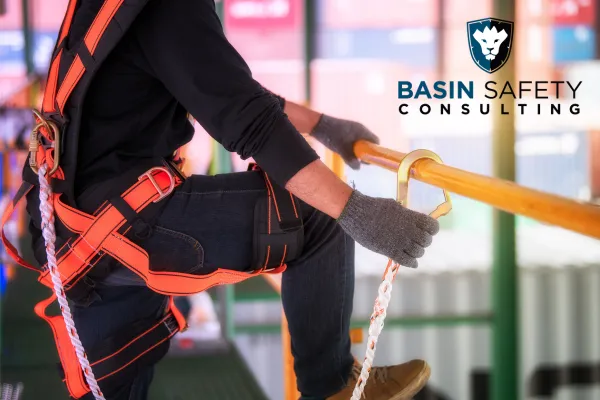
Understanding OSHA’s 2025 Confined Space Rule Changes
The Occupational Safety and Health Administration (OSHA) has announced significant updates to its confined space regulations, set to take effect in 2025. These changes aim to enhance worker safety, clarify employer responsibilities, and address gaps identified in previous rules. Whether you operate in construction, manufacturing, or oil and gas, understanding these updates is essential to remain compliant and protect your workforce.
What Are Confined Spaces?
OSHA defines confined spaces as areas that:
Are large enough for a worker to enter and perform tasks
Have limited entry or exit points
Are not designed for continuous occupancy
Examples include tanks, silos, storage bins, manholes, pipelines, and vaults.
Key Changes in the 2025 Rule
1. Expanded Hazard Definitions
The new rule provides a broader definition of “hazardous atmosphere” to include emerging risks such as micro-particulates, certain biological hazards, and reactive chemicals.
2. Stricter Training Requirements
Employers must now provide annual refresher training for confined space entrants, attendants, and supervisors. This ensures knowledge remains current and consistent across teams.
3. Mandatory Pre-Entry Hazard Reassessment
Before any confined space entry, a hazard reassessment must be conducted—even if conditions have not changed since the last entry.
4. Enhanced Rescue Provisions
Rescue teams must undergo quarterly drills in simulated confined spaces that reflect the hazards of actual worksites.
Steps Employers Should Take Now
Review the New Standards – Understand all revised definitions and requirements.
Update Safety Policies – Adjust confined space entry procedures to align with the new rule.
Schedule Additional Training – Plan for annual refreshers starting in 2025.
Audit Your Equipment – Ensure all PPE, ventilation, and monitoring devices meet OSHA’s updated specifications.
Coordinate with Rescue Services – Verify that on-site or third-party teams meet the new readiness standards.
Common Compliance Mistakes to Avoid
Assuming past training covers the new requirements
Skipping hazard reassessment before re-entry
Neglecting documentation of rescue team drills
Using outdated atmospheric monitoring equipment
Conclusion
OSHA’s 2025 confined space rule changes are designed to save lives and reduce workplace accidents. By proactively updating your training programs, hazard assessments, and rescue procedures, you’ll not only remain compliant but also foster a culture of safety that benefits everyone on your team.
